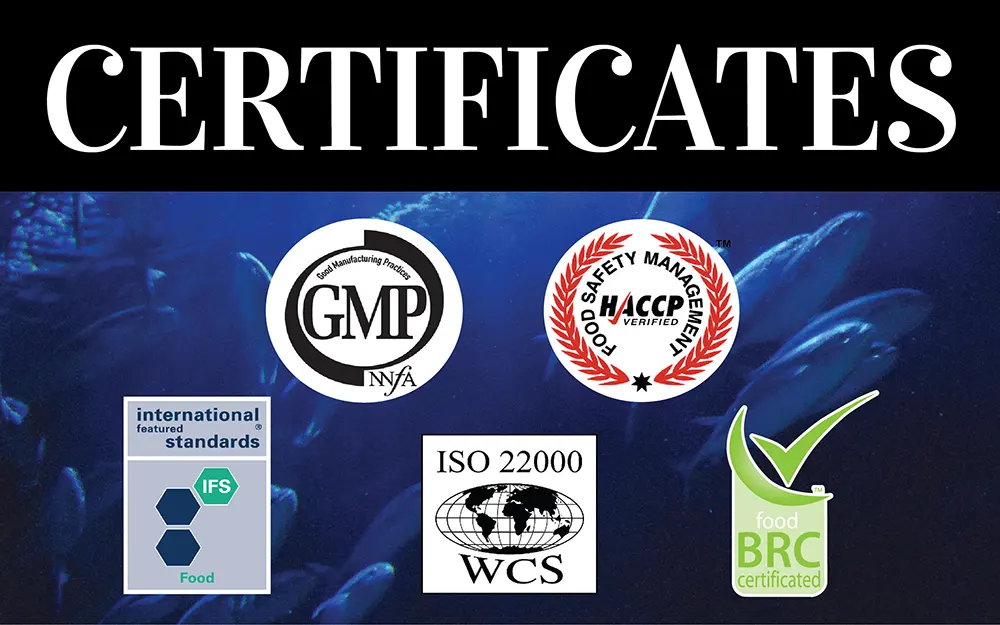June 21, 2013
Jeanine Stewart
 Shrimp buyers in the US are squeamish about making commitments on product, distributors in the US industry told Undercurrent News this week.
Shrimp buyers in the US are squeamish about making commitments on product, distributors in the US industry told Undercurrent News this week.
While some are willing to place orders at the current high prices point, which Stavis Seafoods shrimp buyer Emily Stavis said is up at last $1 over last year for 16-20s, many are refusing to commit in hopes of prices lowering.
It’s no wonder they are, considering the US’s largest shrimp supplier has been knocked flat this year with disease problems. Due to early mortality syndrome (EMS), Thailand has decreased its shrimp exports to the US from 39,352 metric tons during the first four months of last year to 30,000t this year during the same time period.
According to Siam Canadian Group CEO Jim Gulkin, total production estimates for Thailand this year have been reduced to 200,000t “to a max of 300,000t”, in finished products. This compares to 425,000-475,000t in 2012.
Prices in Thailand at the moment are so high that “they have priced themselves out of the market”, Stavis told Undercurrent.
“Customers are only buying what they need, as consumers will buy shrimp, but less of it if it gets too high,” Stavis said.

Marc Nussbaum, president of International Marketing Specialists (IMS), told Undercurrent some of his customers realize that the shortage could get worse later in the year, and are willing to place orders now; while others are holding out, hoping prices will improve later.
Nussbaum advises against holding out, saying this is one of the worst shortage situations he’s seen in the industry to date.
So does Carl Filip, sales manager for Bower’s Shrimp, one of the United States’ only home-grown shrimp growers.
“I’d secure some inventory,” Filip told Undercurrent. “Secure inventory at current prices because if there is EMS in Mexico, there’s no telling where the prices are going to go.”
He is experiencing the shortage first-hand as new customers call every day, looking for product.
The industry is abuzz about production problems in Mexico. Sagarpa, the Mexican aquaculture management agency, is doing tests to determine the problem but has yet to put out an official public statement on its cause, Global Aquaculture Alliance president George Chamberlain told Undercurrent after returning from a trip to Mexico this week. The problem is widely suspected to be at least similar to early mortality syndrome (EMS).
“Mexico does have problems, and shrimp have been dying in the Sinaloa region, however, they are re-seeding the ponds and being careful with stocking density levels,” Stavis said.
During the first four months of the year, imports from Mexico into the US totaled 6,329t, down from 9,571t last year.
Yet it is difficult to convince customers to take heed of problems to come when the situation right now is quite confusing, Nussbaum said. He sometimes will offer a custoemer a price, but the prices change so quickly that by the time he calls his suppliers in India back, the price has already gone up.
Securing shrimp in general “has been challenge indeed”, Travis Larkin, president of Florida-based Seafood Exchange, told Undercurrent.
Not only do buyers have to look outside Thailand for product, they are in competition with Asian nations to secure access to it.
The Thai shortage comes at a time when demand for shrimp from Ecuador was already increasing for forward-thinking companies like Ecuadorean shrimp supplier Omarsa, the company’s general manager Sandro Coglitore told Undercurrent.
Omarsa has decreased it sales to the US and Europe sharply over the past three years. Its proportion of sales to the United States has dropped from 30% of total sales in 2011 to 15% today; while those to Europe have decreased from 55% of the total in 2011 to 30% now.
Demand has also increased in Russia, Eastern Europe and Korea, Coglitore said.
He said he expects prices to go up even higher in the second half of the year.
Larkin gave a similar read on the situation. “I can only suspect that the remainder of this year is going to be a challenge for buyers,” he said.
Stavis and Nussbaum said prices are expected to hold steady at best and increase more at worst.
Buyers hold out
At this point, it looks like there is a segment of IMS’s customers that is not willing to ride the price rollercoaster up any further.
Some restaurant buyers are looking at other products instead of shrimp right now, such as squid and fish fillets – items that are cheaper than shrimp and could fill the void on their menus, Nussbaum said. But replacing a menu item takes some thought, so Nussbaum has many customers that are waiting to make their purchases.
“It could take them a while to figure out what they want to do,” he said, referring to restaurant buyers. “I can understand.”
Last year, he had all of his holiday orders set at this point, whereas this year, the summer orders are far from set yet.
No light at the end of the tunnel on prices, supply
Wholesale prices were already high last week, hovering around the $6 range for headless shell on shrimp, 16-20 per pound count, from India. But they have gone up $0.10 to $0.15 since then, Nussbaum said.
He predicts supply will only get tighter as the summer wears on, leaving a high potential for further price increases and putting buyers that hold out for price drops in a problematic situation.
Thailand, typically a good benchmark for prices, not only has extremely limited supply but has “priced themselves out of the market,” Stavis said.
There is also talk that Indonesia, which is targeting a 30% increase in production this year, is suffering a comeback of infectious myonecrosis virus (IMNV).
However, India has plenty of sources of demand for product besides the US, and this week, prices went up significantly as producers in India realized the strength of their market position, said Nussbaum.
Demand is not only coming from distributors in the US looking for processed shrimp but also from disease-hampted Vietnam.
“The Vietnamese need to keep their workers working hard, so they need raw material and have also been buying in India,” Stavis said.
Yet there has been plenty left over for the US market this year. India exported 28,908 metric tons to the US during the first four months of the year, up from 17,805mt during the first four months of last year.
Indonesia is also using this opportunity to boost its sales to the US, eyeing a 60% export increase this year.
India’s production is not enough to make up for the massive shortfall in Thailand or the mild to medium shortfalls in other producing nations around the world. There remain low inventories in the US and overseas, and US buyers are reporting trouble getting access to product.
Source:

Contact us for more formation:
Email: info@siamcanadian.com



